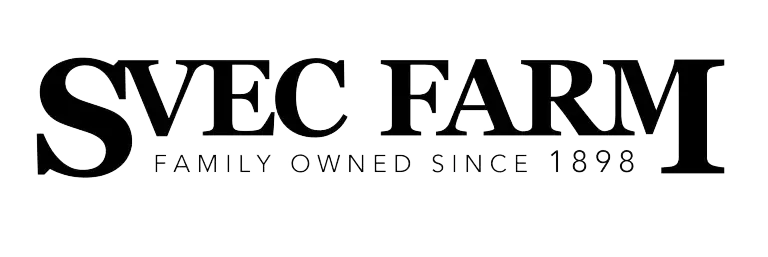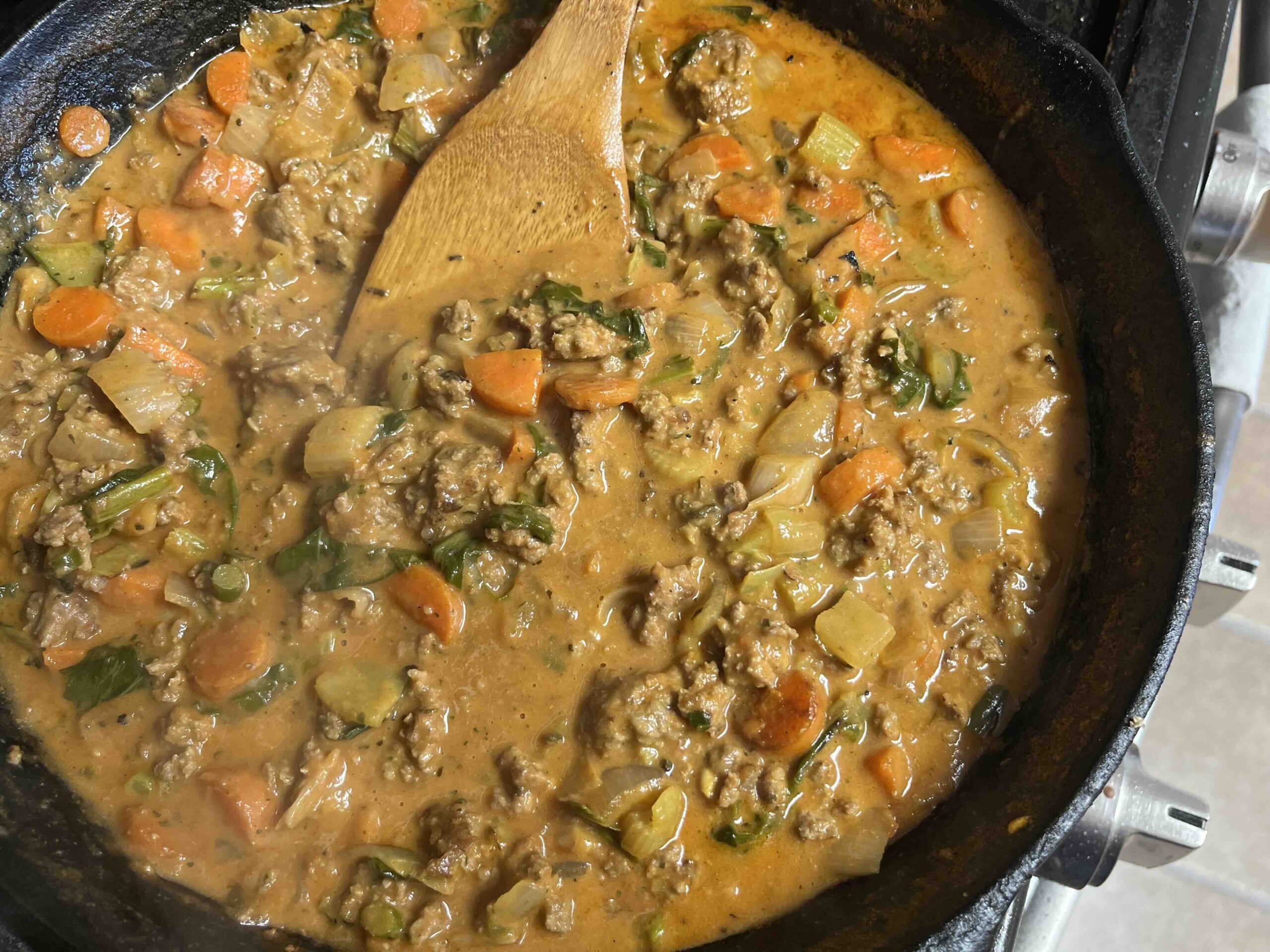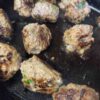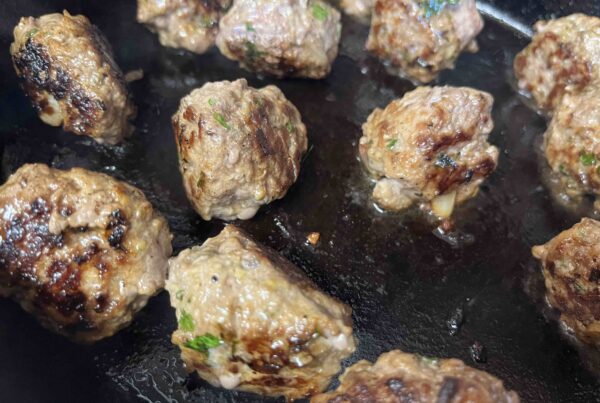Bone broth is a healing food that’s been relied upon for thousands of years — and its popularity keeps growing!
I get a lot of inquiries about our bones, so I’m going to share some options today that you can consider to make your own bone broth from our nutrient-dense grassfed, grass-finished beef.
Shop all of our bone options here
I’m going to walk you through the different types of bones we have available and I’ll also share a recipe for making your own gelatinous bone broth.
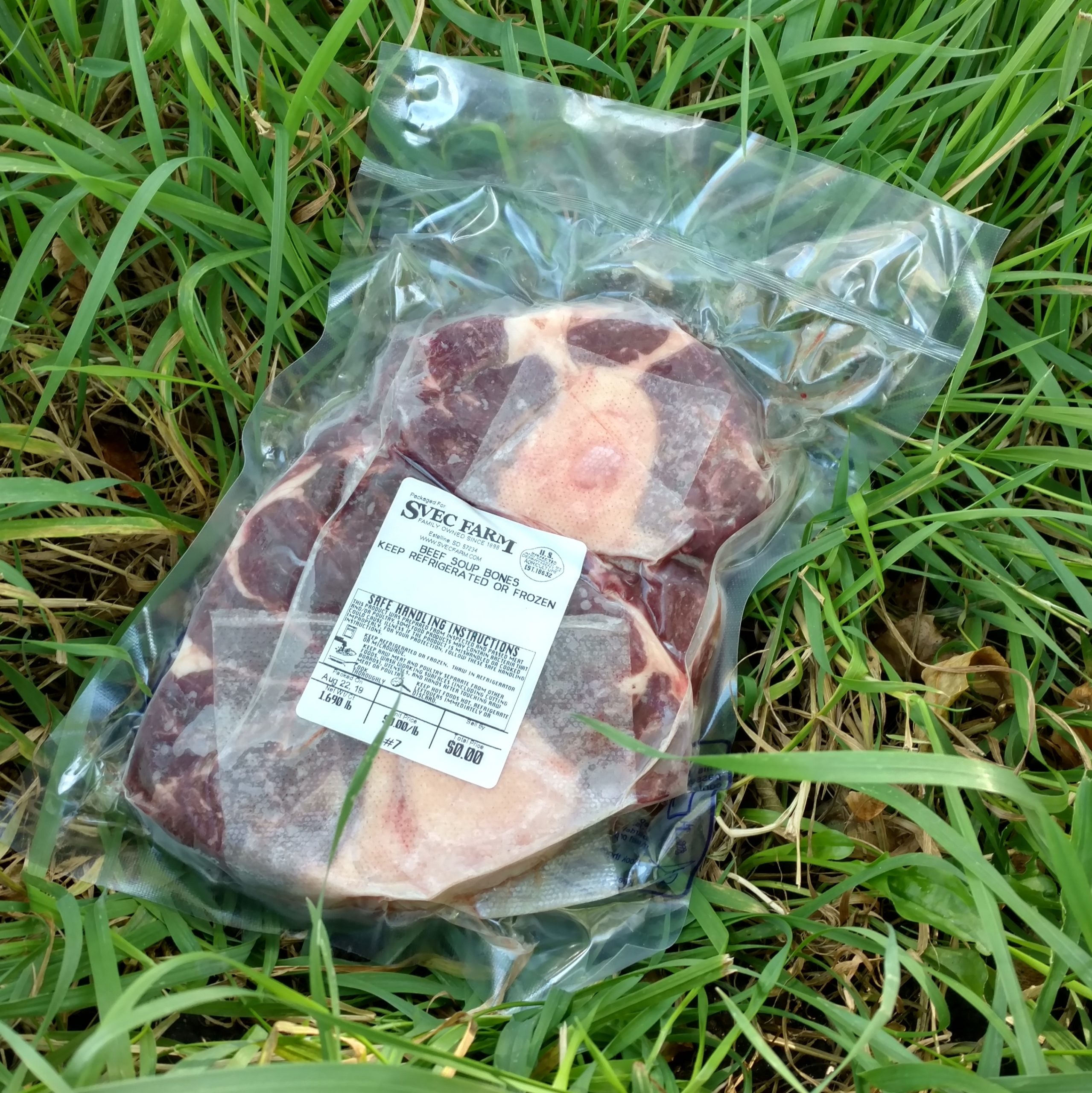
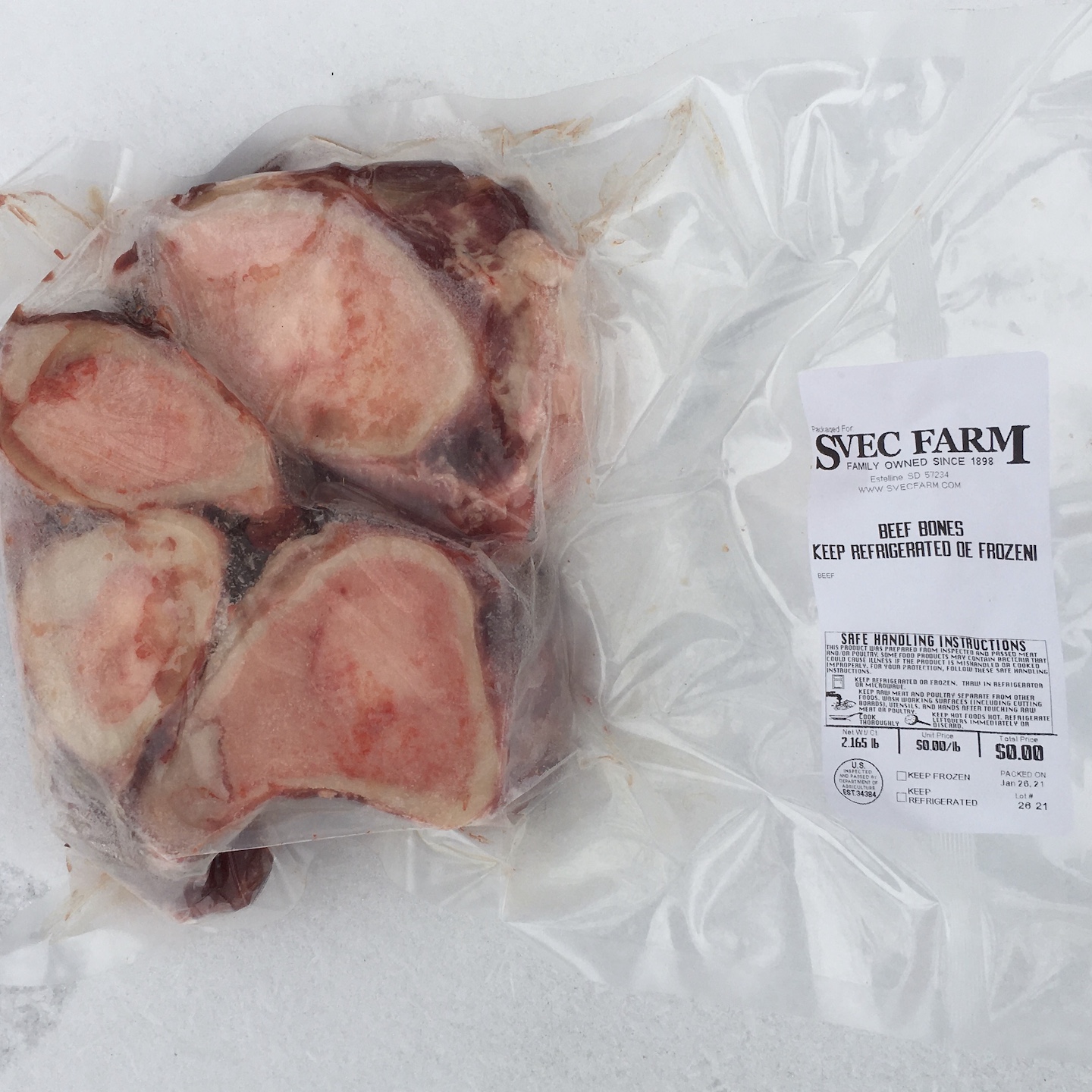
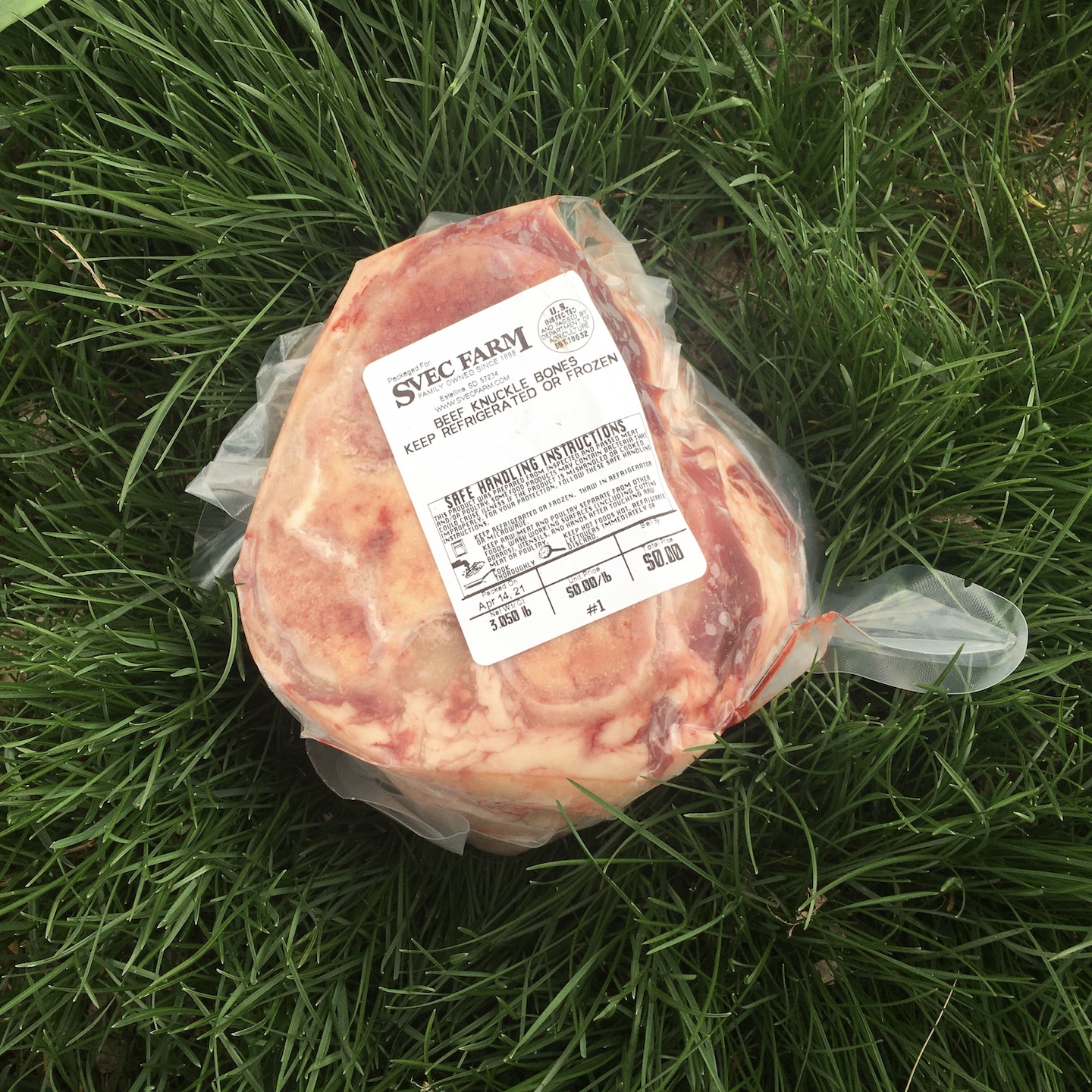
Types of bones
Shank soup bones
These are meaty soup bones cut from the leg of the beef. They work great for making soup, because there is enough meat on them to have your protein and your broth for your soup in one shot. These tend to sell out quickly!
Marrow bones
The meat has been removed from these bones. We get them cut as short rounds, long rounds, and long canoes. Folks love them for bone broth and roasted marrow, and many customers give them to their dogs. You may have to order a beef share to get your hands on these as they go quickly!
Knuckle bones
These larger bones come from the joint ends of the bones and are perfect for bone broth. Roast them to bring out the best flavor, then pressure cook or slow cook until your broth is ready. Knuckle bones also make great treats for large and medium-sized dogs.
Bulk bones
I’ve had a number of customers recently ask about a bulk bone option. I now have that available as a new offering! These random leftover bones from harvest have the meat removed. They are in boxes approximately 12″x24″7″ that weigh around 30 pounds. If you’re looking for an affordable way to get bone broth into your diet, this is it. These bones are not sealed individually in Cryo-Vac like the others, and instead are frozen together in a box with butcher paper. Some bones may be large and need to be sawed down to fit into your stock pot.
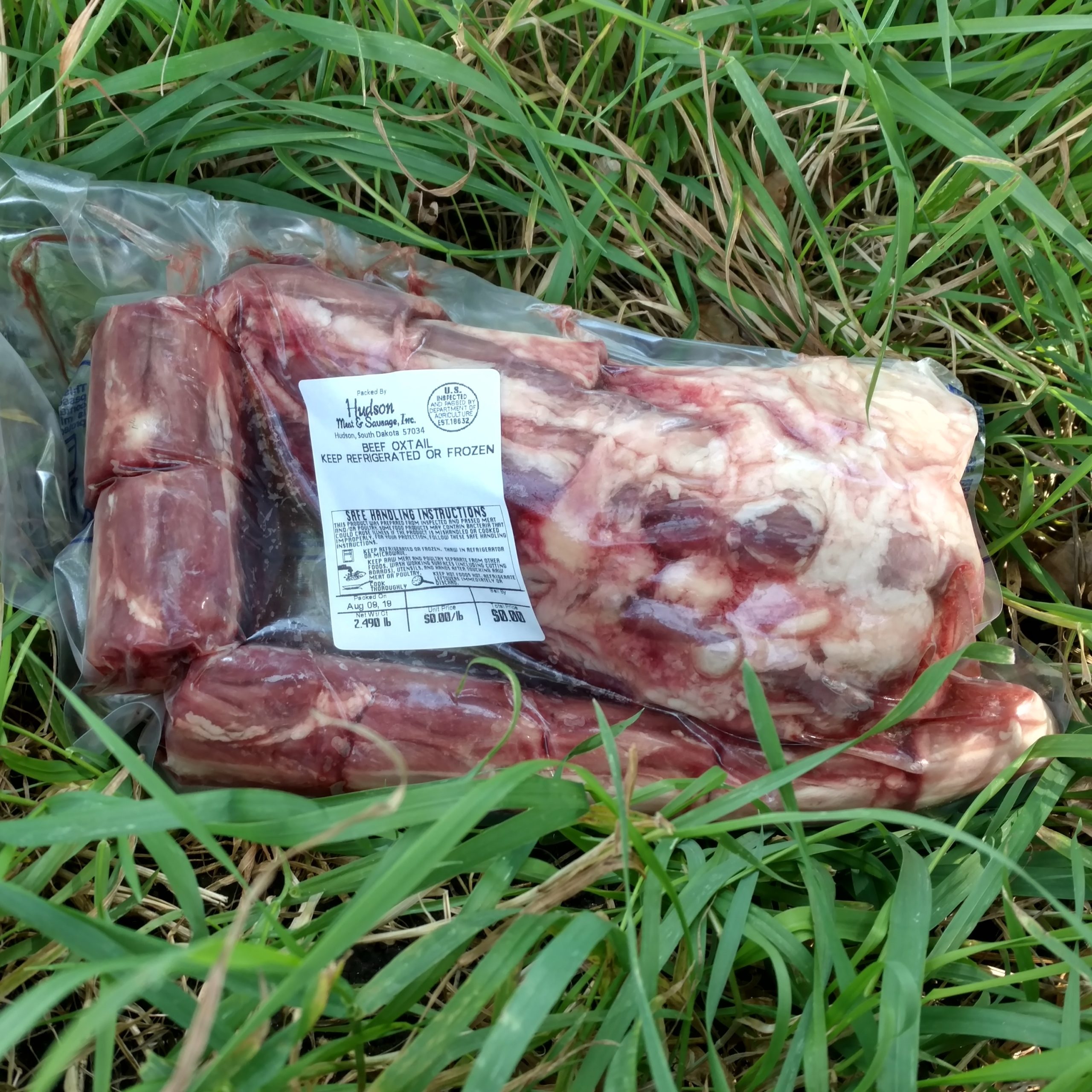
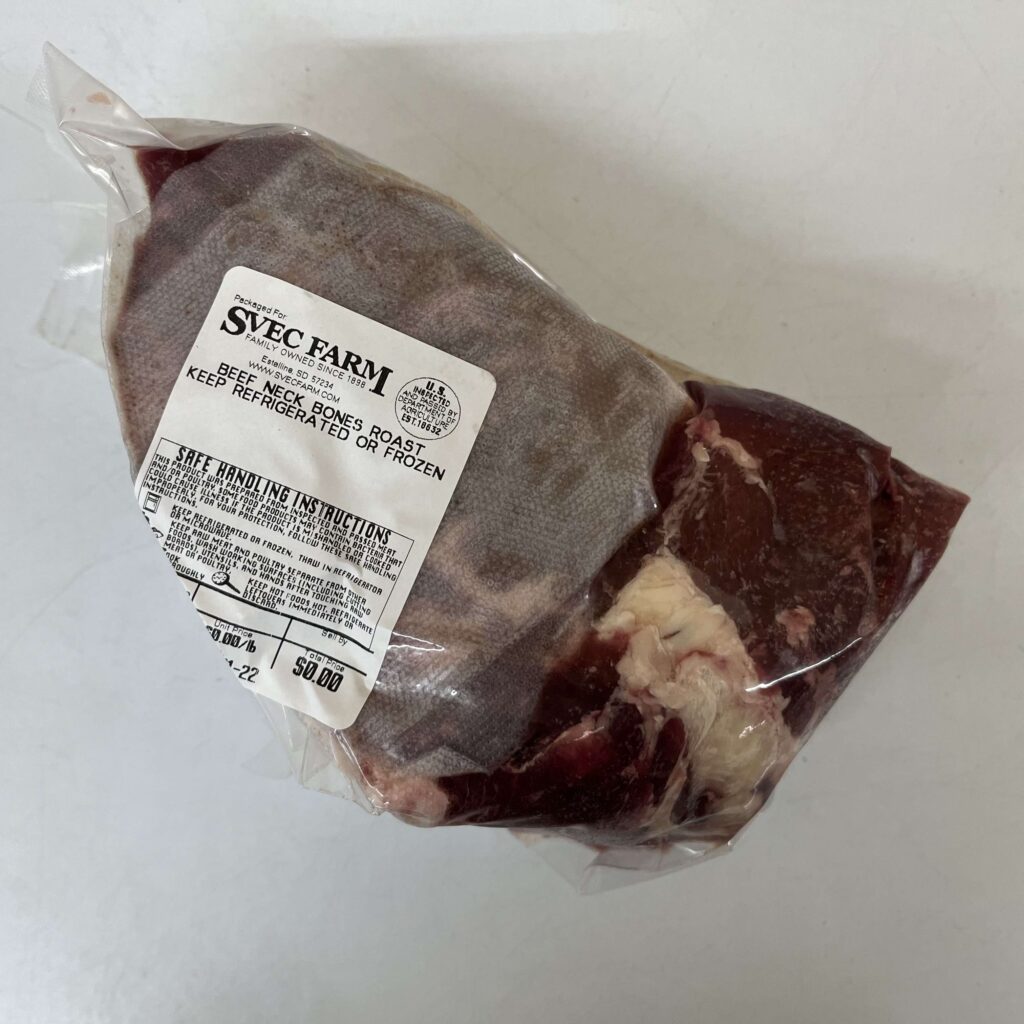
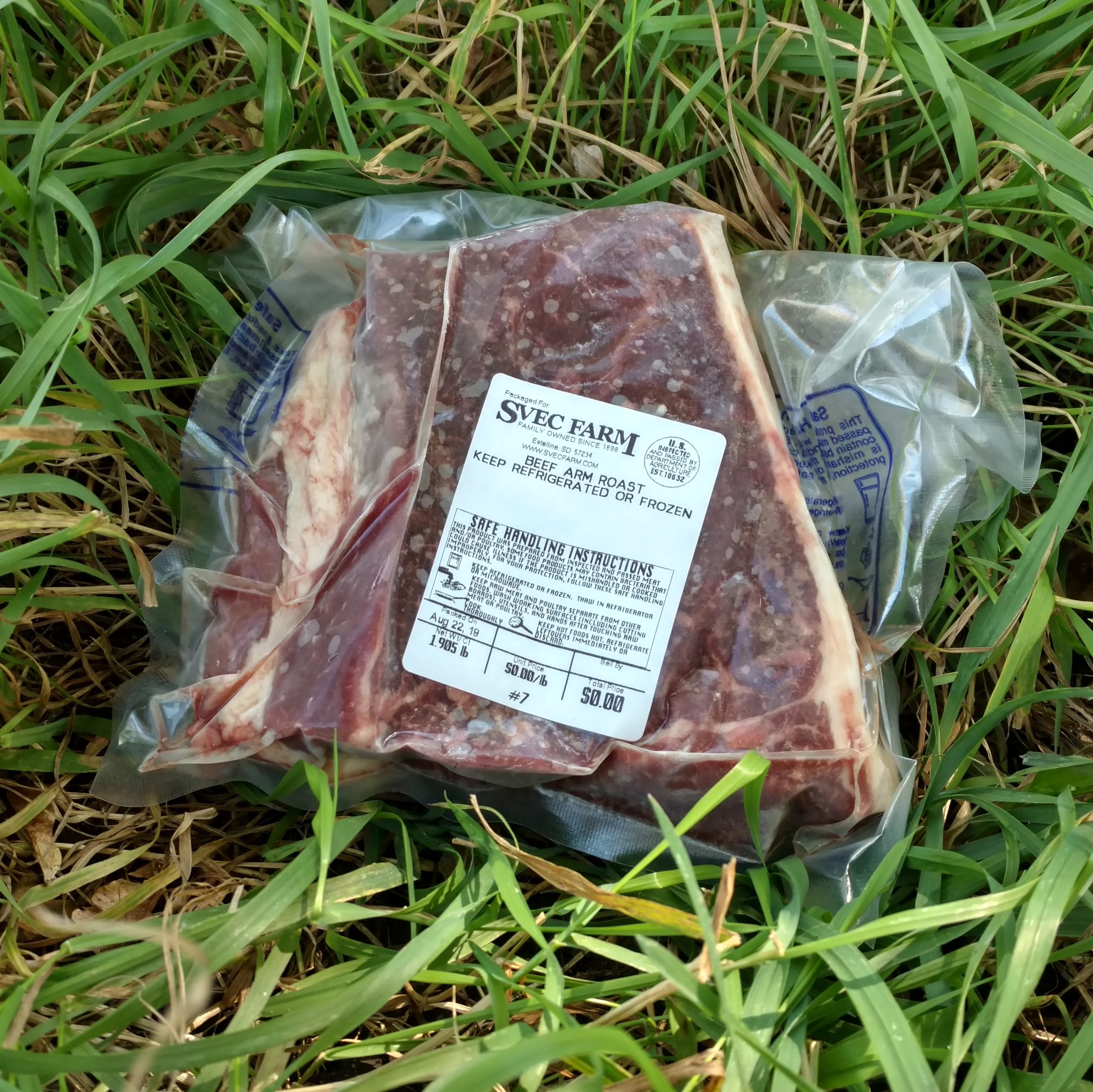
Other options for great stocks and broths
Don’t be afraid to use other cuts to make amazing soups and broths!
Oxtail
With only one per beef, the oxtail is a popular and hard-to-get cut. If you nab one, however, you will enjoy a delicious meal, as it is rich in collagen and fat.
Neck bones
Also called a neck roast, the connective tissue in this cut and produces a velvety, delicious broth. The meat is also tender and delicious after it has been slowly braised. It’s a great alternative to the hard-to-get oxtail and also makes delicious barbacoa.
Arm roast
Any roast you braise (cook in liquid in a covered pot) is going to yield some delicious broth. However, the arm roast is often cut with a bone in it, making an extra rich broth. If you plan to use your arm roast for broth, leave me a note when you order that you’d like one with a bone and I’ll be sure to do that!
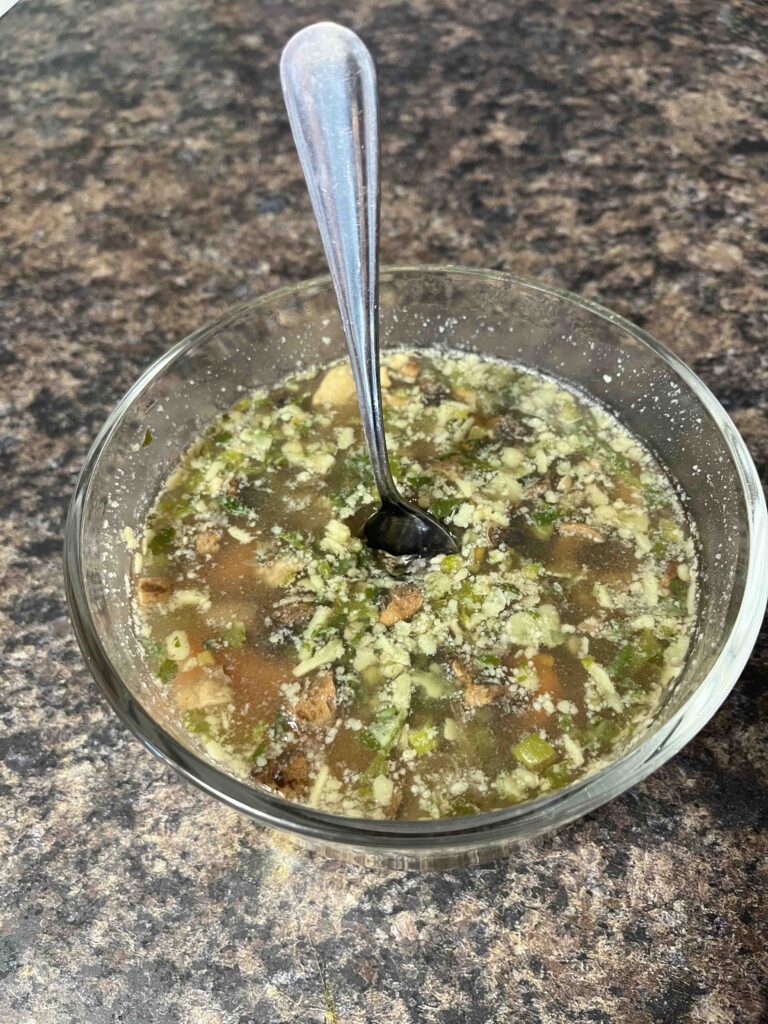
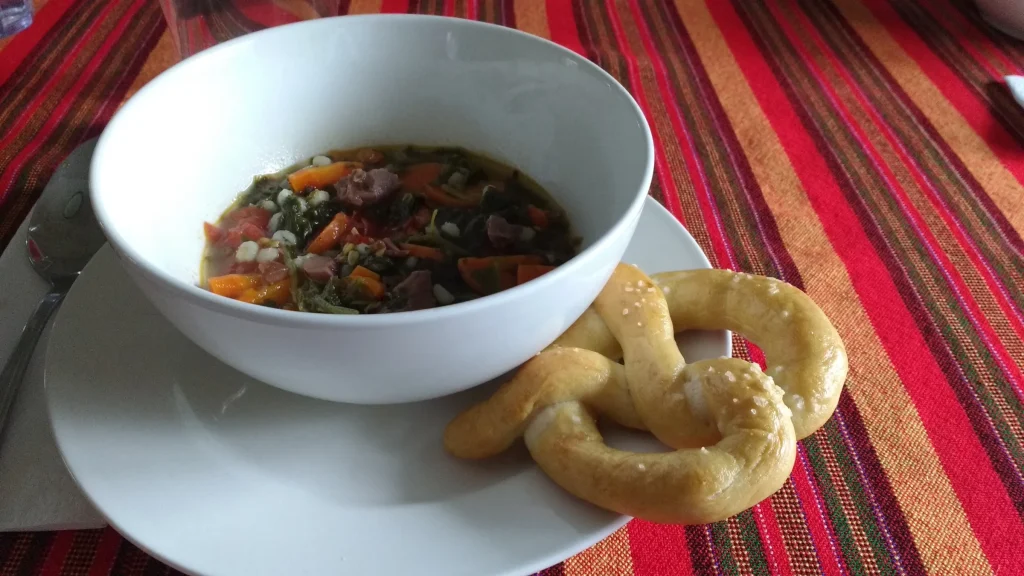
Easy bone broth recipe
Making your own healing bone broth doesn’t have to be hard or even time-consuming. Follow the steps below and get sipping on some broth. If you’re using bones leftover from another meal you cooked, you can skip step one.
1 Roast
For best flavor, get some golden brown roasting action going! Dry your bones, salt them, and either roast them in a 400 degree oven for 30-45 minutes, or sear them on all sides in a hot skillet with a bit of fat of choice. (Psst! Our tallow makes a great cooking fat!)
2 Add some flavors
Place the roasted bones and any drippings they may have released into a large stockpot, slow cooker, or pressure cooker. Cover with cold water, and add whatever vegetable scraps you have on hand you’d like to use to flavor your broth. We always keep a bag of vegetable scraps in the freezer where we put carrot and celery ends, onion skins, and so on; when we make broth, we just dump some in! You can also add salt, black pepper, garlic, and so on — or you can add seasonings later, when you add your broth to a recipe.
3 Top off with water
Add cold water to cover the bones.
4 Splash in some acid
A splash of acid is said to help break down the bones and get the most nutrients into your broth. Apple cider vinegar is a popular option but you can also use red wine vinegar, red wine, or lemon juice. Again, pick a flavor you enjoy.
5 Cook
Time to heat it up! You have options for how to cook your bone broth.
– Stockpot on the stove for at least 8 hours; add water as needed to keep the bones submerged
– Slow cooker on low for 24 hours
– Pressure cooker for 2-3 hours followed by natural pressure release
6 Strain
Once your broth is done cooking, strain the broth off. (Don’t forget to catch it in a bowl — don’t dump it down the drain!) Larger bones that are still intact can be reused for future batches of bone broth while smaller, mushier bones should be discarded. After your broth has been strained, you can cook it down further if you would like it to be more concentrated.
7 Store
Pour your broth into food-safe storage containers and store in the fridge for a few days or freezer for longer storage.
8 Enjoy
You now have a stash of broth to enjoy. You can drink it as is, or add it to soups, stews and many, many recipes!
